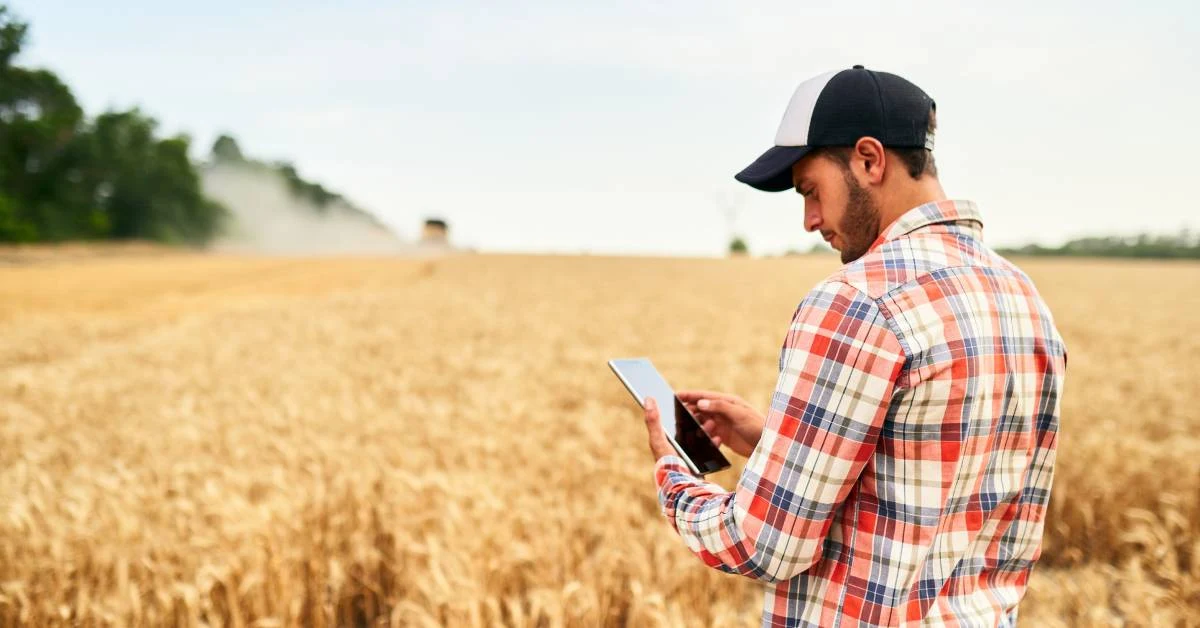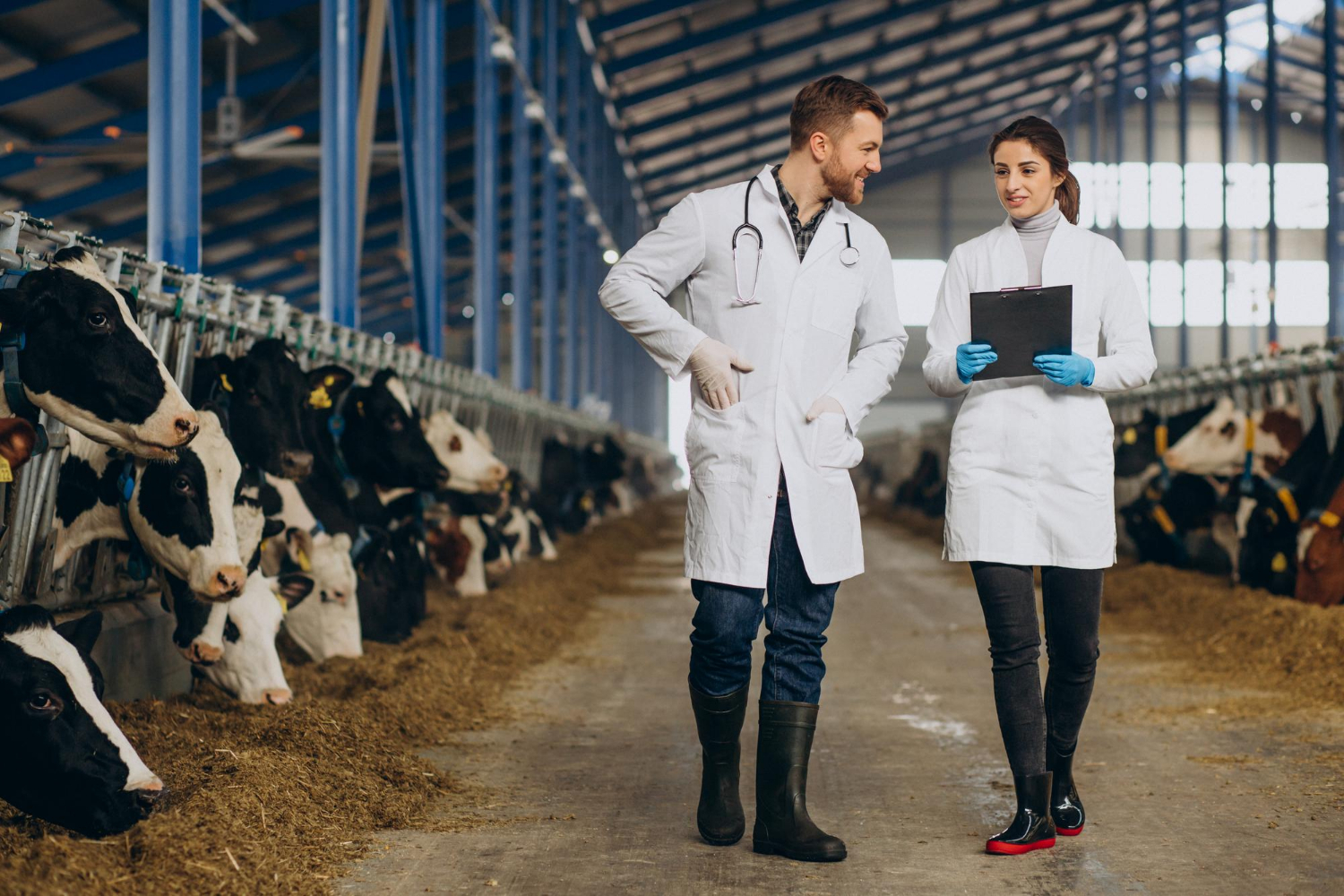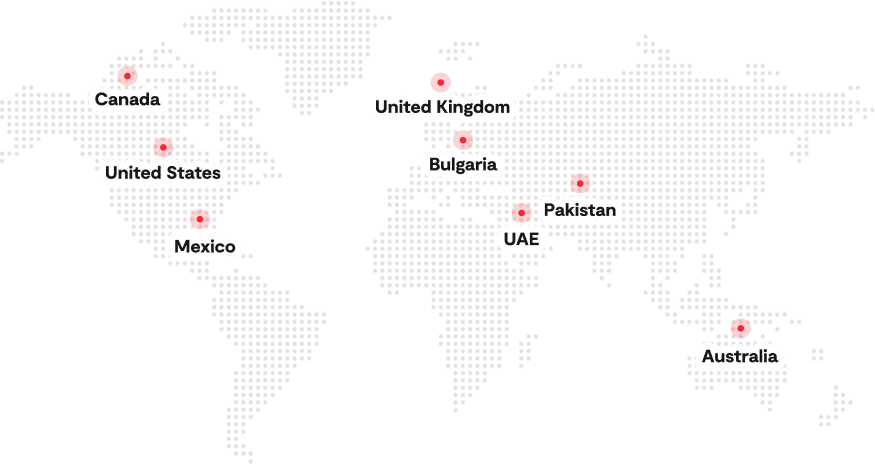Building a farm app isn’t just about clean code or sleek dashboards. It’s about whether the tool can earn a place in a farmer’s daily routine. And that’s where many founders miss the mark. Too often, apps are designed in boardrooms with ideal scenarios in mind, only to fail when introduced to real-world conditions. Think of a ranch hand trying to log treatments with no connectivity in the barn, or a crop advisor juggling multiple farms during peak season. If the app doesn’t fit seamlessly into those moments, it won’t last beyond the trial period.
The truth is, adoption in agriculture is hard-earned. Farmers aren’t looking for more complexity; they’re looking for tools that remove it. The apps that survive are the ones that:
- Focus on solving a single, pressing problem instead of trying to do everything at once.
- Work offline first, then sync later without data loss.
- Integrate with tools and hardware already in place, from RFID tags to GPS mapping.
- Respect the seasonal rhythm of agriculture, not generic tech timelines.
When an app saves a few minutes on treatment logging, reduces the stress of an audit, or cuts down on paperwork during harvest, it wins trust. And once trust is earned, scale follows naturally.
👉 Want to see how successful founders move from idea to implementation and avoid the common pitfalls? Download the full white paper for detailed frameworks and examples.







